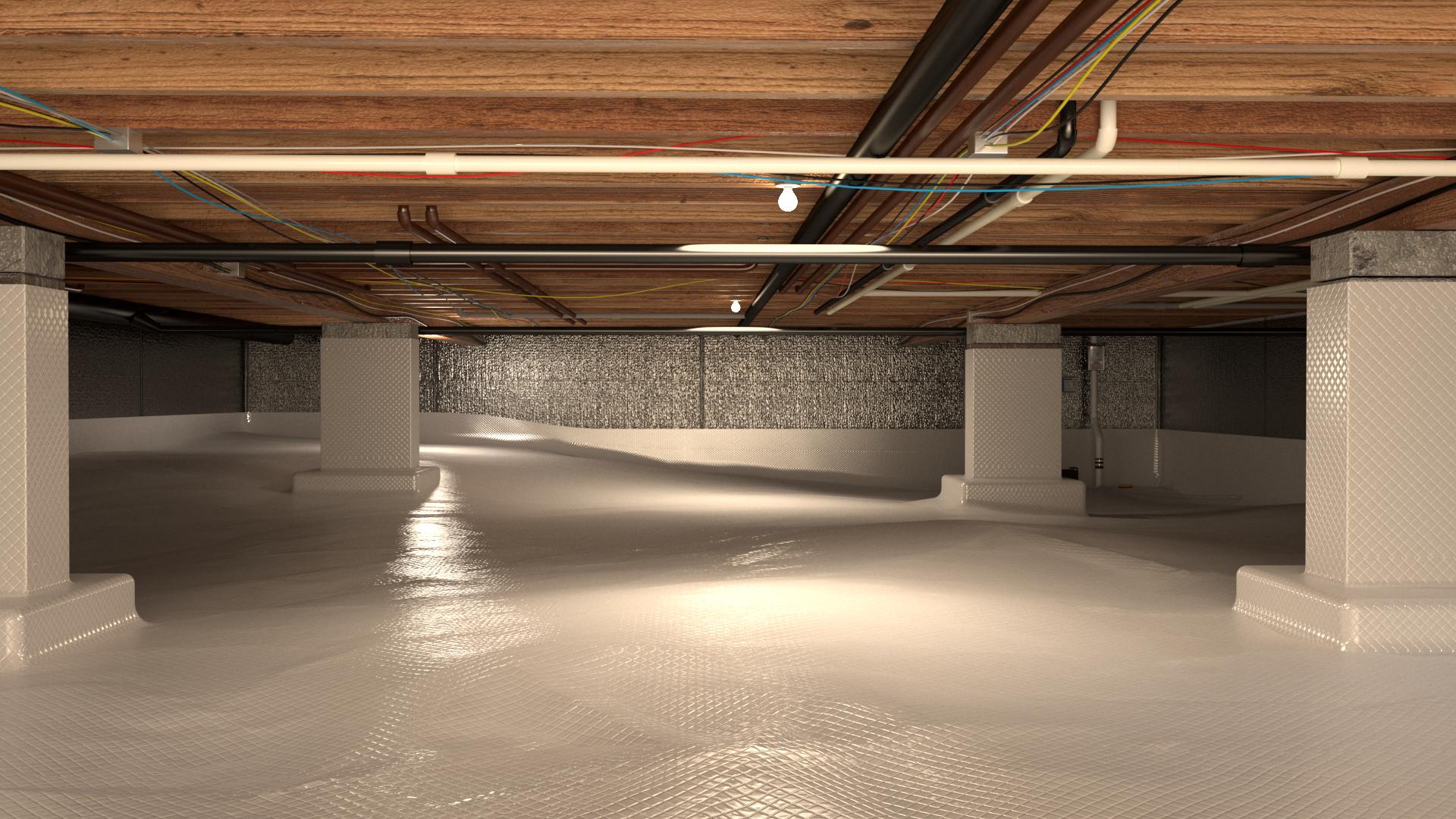

Articles
What Kind Of Insulation For Crawl Space
Modified: October 19, 2024
Discover the best articles for crawl space insulation. Get expert tips and advice on choosing the right insulation to improve energy efficiency and prevent moisture issues.
(Many of the links in this article redirect to a specific reviewed product. Your purchase of these products through affiliate links helps to generate commission for Storables.com, at no extra cost. Learn more)
Introduction
When it comes to creating a more energy-efficient home, insulating your crawl space is often overlooked. However, having proper insulation in your crawl space can significantly impact the energy efficiency, comfort, and overall health of your home. Whether you use your crawl space for storage or it’s just an empty area beneath your house, insulating it can provide a multitude of benefits.
The crawl space is typically located beneath the main floor of a house and is an area that is vulnerable to moisture, pests, and temperature fluctuations. Without proper insulation, this space can become a breeding ground for mold, mildew, and even termite infestations. Additionally, an un-insulated crawl space can leak air, causing drafts and making it harder for your HVAC system to maintain a consistent temperature throughout your home.
Insulating your crawl space can help regulate the temperature, prevent moisture buildup, improve indoor air quality, and reduce energy consumption. It creates a barrier between the ground and your home, preventing cold air from seeping in during the winter and hot air in the summer. With a well-insulated crawl space, you’ll not only have a more comfortable living environment but also potentially save on energy bills.
In this article, we will explore the different types of insulation options available for crawl spaces and discuss the factors you should consider when making your decision. From traditional fiberglass insulation to more advanced foam board and spray foam options, we’ll dive into the pros and cons of each. By the end, you’ll have the knowledge you need to choose the right insulation for your crawl space and improve the overall efficiency and comfort of your home.
Key Takeaways:
- Properly insulating your crawl space is crucial for energy efficiency, temperature regulation, and moisture control, providing a healthier and more comfortable living environment for you and your family.
- Consider factors such as climate, budget, and space constraints when choosing the right insulation for your crawl space, and prioritize regular maintenance to ensure long-term effectiveness and performance.
Read more: How To Insulate A Crawl Space Door
Importance of Insulating Crawl Spaces
Insulating your crawl space is not just about keeping your energy bills down; it plays a crucial role in the overall health and stability of your home. Here are some key reasons why insulating your crawl space is essential:
- Moisture Control: Crawl spaces are prone to high humidity levels and moisture buildup. Without proper insulation, this moisture can lead to mold and mildew growth, which can cause structural damage and health issues for you and your family. Insulation helps create a barrier that prevents excessive moisture from entering the space, keeping it dry and reducing the risk of mold formation.
- Temperature Regulation: An un-insulated crawl space can have a significant impact on the temperature inside your home. Cold air from the crawl space can seep through floorboards, causing chilly drafts. Conversely, in the summer, hot air can rise from the crawl space, making it harder to cool your home efficiently. Insulating the crawl space helps maintain a consistent temperature in your home, improving comfort and reducing the load on your heating and cooling systems.
- Energy Efficiency: Insulating your crawl space can lead to energy savings by reducing heat loss or gain through the floors. When your home is properly insulated, your heating and cooling equipment doesn’t need to work as hard to maintain a comfortable temperature, resulting in lower energy consumption and lower utility bills.
- Pest Prevention: Un-insulated crawl spaces can attract pests such as rodents, termites, and insects, which can cause extensive damage to your home’s structure. Insulation acts as a deterrent, making it harder for pests to enter your crawl space and protecting your home from potential infestations.
- Improved Indoor Air Quality: Mold and mildew growth in the crawl space can release spores into the air, which can lead to respiratory issues and other health problems. Proper insulation helps prevent moisture buildup, reducing the risk of mold growth and improving the overall air quality in your home.
By insulating your crawl space, you not only create a more comfortable living environment but also protect the integrity of your home. The benefits of insulating extend beyond energy efficiency, providing long-term savings, improved indoor air quality, and peace of mind.
Factors to Consider
When it comes to insulating your crawl space, there are several important factors to consider. Taking these factors into account will help you make an informed decision and choose the most suitable insulation for your specific needs. Here are the key factors to consider:
- Crawl Space Conditions: Assess the current condition of your crawl space. Is it prone to moisture issues? Are there any existing insulation or piping systems that may affect the installation? Understanding the unique characteristics of your crawl space will help determine the type of insulation required and any additional measures needed to address specific challenges.
- Budget: Consider your budget for insulation. Different types of insulation options come with varying costs, so it’s important to choose a solution that fits within your budget. While more advanced insulation materials may have a higher upfront cost, they often provide superior performance and long-term savings on energy bills.
- R-Value: The R-value measures the thermal resistance of insulation material. It determines how well the insulation resists heat transfer. Consider the recommended R-value for crawl space insulation in your region. Understanding this value will help you choose an insulation material that provides sufficient thermal resistance to meet local building codes and optimize energy efficiency.
- Moisture Resistance: Moisture is a common issue in crawl spaces. Look for insulation materials that have a high level of moisture resistance, such as closed-cell foam insulation or moisture barriers. These materials will prevent moisture from seeping into the insulation and causing damage or promoting mold and mildew growth.
- Accessibility: Assess the accessibility of your crawl space. Depending on its size and layout, different methods of insulation may be required. Consider whether you have enough space to maneuver and install insulation properly. In some cases, you may need to hire professionals with experience in crawl space encapsulation to ensure a proper and thorough installation.
- Insulation Type: Understand the different types of insulation available for crawl spaces. Fiberglass, foam board, spray foam, radiant barrier, and vapor barrier are all viable options. Each has its own pros and cons in terms of installation, performance, and cost. Consider the benefits and drawbacks of each type to determine which aligns best with your specific needs and goals.
By carefully considering these factors, you can make a well-informed decision about the type of insulation that will work best for your crawl space. Remember, every crawl space is unique, so it’s important to evaluate your specific circumstances and consult with professionals if needed to ensure the best insulation solution for your home.
Types of Insulation
When it comes to insulating your crawl space, there are several types of insulation materials to choose from. Each type has its own characteristics, benefits, and considerations. Understanding the different options will help you decide which type of insulation is best suited for your crawl space. Here are the main types of insulation used in crawl spaces:
- Fiberglass Insulation: Fiberglass insulation is one of the most commonly used types of insulation. It is made of tiny glass fibers and comes in batts or rolls. Fiberglass insulation is relatively easy to install and provides good thermal resistance. However, it is not moisture-resistant on its own and may require an additional vapor barrier to prevent moisture-related issues in the crawl space.
- Foam Board Insulation: Foam board insulation, also known as rigid foam insulation, is made from polystyrene or polyisocyanurate. It comes in rigid panels that can be easily cut to fit the dimensions of your crawl space walls. Foam board insulation offers excellent thermal resistance and moisture resistance. It also provides some structural support. However, foam board insulation may require extra caution during installation to ensure proper sealing and to avoid any gaps that could compromise its efficiency.
- Spray Foam Insulation: Spray foam insulation is a versatile option that can be applied as a liquid and expands to fill the desired space. It provides an airtight seal and has excellent thermal and moisture resistance properties. Spray foam insulation adheres to surfaces, filling cracks and gaps, making it an ideal choice for irregularly shaped crawl spaces. However, spray foam insulation often requires professional installation due to the specialized equipment and techniques involved.
- Radiant Barrier Insulation: Radiant barrier insulation is a reflective insulation material made of aluminum foil. It is designed to reflect radiant heat, helping to regulate temperatures and improve energy efficiency. Radiant barrier insulation is typically installed on crawl space walls or under the floor joists, facing the outside to reflect heat away from the crawl space. This type of insulation is highly effective in hot climates. However, it is important to note that radiant barrier insulation alone may not provide adequate insulation against conductive or convective heat transfer.
- Vapor Barrier Insulation: Vapor barrier insulation, also known as moisture barrier insulation, is a type of insulation material designed to prevent moisture from entering the crawl space. It is typically made of plastic or foil and is installed on the warm side of the crawl space, facing the interior. Vapor barrier insulation helps prevent condensation and moisture-related issues, such as mold and rot. It is often used in conjunction with other insulation materials to provide comprehensive moisture control.
Each type of insulation has its own advantages and considerations. Understanding the specific needs of your crawl space and consulting professionals will help you determine the most suitable insulation material for optimal energy efficiency, moisture control, and comfort in your home.
Fiberglass Insulation
Fiberglass insulation is one of the most common types of insulation used in residential and commercial buildings, including crawl spaces. It is made of extremely fine glass fibers that are bound together to form a fluffy material. Fiberglass insulation comes in the form of batts or rolls and is known for its affordability and ease of installation.
One of the primary advantages of fiberglass insulation is its thermal resistance. It effectively traps air pockets within its fibers, creating a layer of insulation that slows down the transfer of heat. This helps to keep your crawl space and the rest of your home warmer in the winter and cooler in the summer. Fiberglass insulation is available in different R-values, allowing you to choose the level of thermal resistance that meets the requirements of your climate and local building codes.
Installation of fiberglass insulation is relatively straightforward, making it a popular choice for DIY enthusiasts. Batts or rolls can be easily cut to size and fitted between the floor joists or against the crawl space walls. However, proper installation is crucial for optimal performance. Gaps or compressions in the insulation can reduce its effectiveness, so attention to detail is important. It’s recommended to wear protective clothing, including gloves and a mask, during installation to avoid skin irritation from the fibers.
One of the challenges of fiberglass insulation in crawl spaces is its susceptibility to moisture. Fiberglass insulation does not naturally repel moisture, and if it becomes damp, it can lose its insulating properties and potentially become a breeding ground for mold and mildew. To overcome this, it is often necessary to install a vapor barrier along with the fiberglass insulation. A vapor barrier, typically made of plastic or foil, helps prevent moisture from entering the crawl space and protects the insulation from damage.
In recent years, there have been advancements in fiberglass insulation technology to enhance its moisture resistance. Some manufacturers produce fiberglass insulation with a facing material that acts as a moisture barrier, reducing the need for a separate vapor barrier installation. This improves the overall moisture control in the crawl space and reduces the risk of mold growth.
In summary, fiberglass insulation is a cost-effective option for insulating crawl spaces. Its thermal resistance capabilities can help regulate the temperature inside your home and improve energy efficiency. However, attention must be given to proper installation and addressing moisture control, either through the use of a separate vapor barrier or by selecting fiberglass insulation with built-in moisture resistance features.
Read more: How To Insulate PEX Pipes In A Crawl Space
Foam Board Insulation
Foam board insulation, also known as rigid foam insulation, is a popular choice for insulating crawl spaces. It consists of rigid panels made from polystyrene or polyisocyanurate foam. Foam board insulation offers several advantages, including high thermal resistance, moisture resistance, and ease of installation.
One of the key benefits of foam board insulation is its superior thermal performance. The rigid foam panels have high R-values, which measure the material’s ability to resist heat flow. This means that foam board insulation provides excellent insulation, helping to keep your crawl space and home warm in the winter and cool in the summer. The high R-value of foam board insulation also allows for thinner insulation thickness compared to other materials, maximizing available space in the crawl space.
Another advantage of foam board insulation is its moisture resistance. The closed-cell structure of the foam panels makes them inherently resistant to moisture. This is particularly important in crawl spaces, as moisture can lead to mold growth, rot, and structural damage. Foam board insulation can help create a moisture barrier, preventing water vapor from entering the crawl space and ensuring long-term protection against moisture-related issues.
Installation of foam board insulation is relatively straightforward. The rigid panels can be easily cut to fit the dimensions of your crawl space walls. They can be attached to the walls using adhesives, mechanical fasteners, or masonry anchors. Foam board insulation offers good dimensional stability and structural support, making it ideal for crawl spaces with irregular or uneven surfaces.
One consideration when using foam board insulation is the need for proper sealing. The joints between the foam panels should be sealed with tape or a compatible sealant to prevent air leakage and maximize insulation performance. Any penetrations, such as pipes or electrical wiring, should also be properly sealed to maintain the integrity of the insulation layer.
It’s worth noting that foam board insulation has a higher upfront cost compared to other insulation options. However, its superior insulation properties and long-term benefits, such as energy savings and moisture control, often outweigh the initial investment.
In summary, foam board insulation is a highly effective choice for insulating crawl spaces. Its high thermal resistance, moisture resistance, and ease of installation make it an attractive option for homeowners looking to improve energy efficiency and protect their crawl space from moisture-related issues. Consider consulting with a professional to determine the appropriate thickness and installation methods for your specific crawl space needs.
Spray Foam Insulation
Spray foam insulation is a versatile and increasingly popular option for insulating crawl spaces. It is applied as a liquid that expands and hardens, creating a seamless and airtight barrier. Spray foam insulation offers exceptional thermal resistance, air sealing capabilities, moisture control, and durability.
One of the key advantages of spray foam insulation is its ability to provide a complete and continuous insulation layer. When applied, the liquid foam expands and fills gaps, cracks, and voids, ensuring a tight seal and minimizing air leakage. This air sealing property is crucial for energy efficiency, as it helps prevent conditioned air from escaping and unconditioned air from entering the crawl space. The airtight barrier created by spray foam insulation also helps to reduce noise transmission and minimize the infiltration of dust, pollen, and other allergens into your home.
Another significant benefit of spray foam insulation is its excellent thermal resistance. The expanded foam has a high R-value, providing superior insulation against heat transfer. This helps to maintain a consistent temperature in your crawl space, ensuring greater comfort and energy efficiency throughout your home. With spray foam insulation, you can expect reduced energy consumption and lower heating and cooling costs.
Moisture control is another critical aspect of spray foam insulation. The closed-cell variant of spray foam acts as a moisture barrier, preventing water vapor from entering the crawl space. This helps to deter mold and mildew growth, as well as protect against moisture-related damage to the structure of your home. However, it’s important to note that open-cell spray foam, which has a lower density and is not as effective as a moisture barrier, might not be suitable for crawl spaces in humid or flood-prone areas.
Professional installation is typically recommended for spray foam insulation. Specialized equipment is used to apply and distribute the foam evenly across the crawl space surfaces. The foam quickly expands and hardens, adhering to the walls, floors, and ceilings. Proper installation ensures the insulation is applied evenly and there are no gaps or voids that could compromise its effectiveness.
It’s worth noting that the upfront cost of spray foam insulation can be higher compared to other insulation materials. However, the long-term benefits, such as energy savings, improved indoor comfort, and moisture control, often outweigh the initial investment.
In summary, spray foam insulation offers exceptional thermal resistance, air sealing capabilities, and moisture control. Its versatility, durability, and ability to create a seamless insulation layer make it an attractive option for crawl spaces. Consider consulting with a professional insulation contractor to assess if spray foam insulation is suitable for your crawl space and to ensure a proper and effective installation.
Consider using closed-cell spray foam insulation for your crawl space. It provides a moisture barrier, seals air leaks, and has a high R-value for better energy efficiency.
Radiant Barrier Insulation
Radiant barrier insulation is a specialized type of insulation that is designed to reflect radiant heat and improve energy efficiency in crawl spaces. It is commonly used in hot and sunny climates to reduce heat gain and keep crawl spaces cooler. Radiant barrier insulation is typically made of a reflective material, such as aluminum foil, and is installed on the walls or under the floor joists of the crawl space.
One of the key advantages of radiant barrier insulation is its ability to reflect radiant heat. When the sun’s rays hit the surface of a building, radiant heat is absorbed and transferred into the crawl space. Radiant barrier insulation reflects this heat back towards the outside, reducing heat gain and keeping the crawl space cooler. This can be particularly beneficial in warmer climates where cooling costs can be high.
Unlike traditional insulation materials that primarily resist conductive or convective heat transfer, radiant barrier insulation focuses on limiting radiant heat transfer. This type of insulation is especially effective in crawl spaces that have limited insulation space or are difficult to insulate using other methods, such as those with ductwork or equipment running through them.
Installation of radiant barrier insulation is relatively straightforward. The reflective material can be attached to the crawl space walls using adhesive, staples, or other fastening methods. It can also be applied under the floor joists, facing downwards to reflect heat away from the crawl space. It’s important to ensure that the radiant barrier is properly sealed and overlaps are adequately sealed to prevent air leakage and maximize its effectiveness.
It’s worth noting that radiant barrier insulation alone may not provide sufficient insulation against conductive or convective heat transfer. Therefore, it is often combined with other types of insulation, such as foam board insulation or fiberglass insulation, to create a comprehensive insulation system. This combination allows for optimal thermal insulation and energy efficiency in the crawl space.
While radiant barrier insulation can be highly effective in reducing heat gain and improving energy efficiency, its benefits may be less pronounced in colder climates where heat retention is desired. It’s important to consider your specific climate and energy needs when deciding on the use of radiant barrier insulation in your crawl space.
In summary, radiant barrier insulation offers a specialized approach to reducing heat gain and improving energy efficiency in crawl spaces. Its ability to reflect radiant heat makes it particularly effective in hot climates. When used in conjunction with other insulation materials, radiant barrier insulation can create a comprehensive insulation system that provides optimal thermal insulation for your crawl space.
Vapor Barrier Insulation
Vapor barrier insulation, also known as moisture barrier insulation, is a type of insulation that is specifically designed to control moisture in crawl spaces. It is typically installed on the warm side of the crawl space, facing the interior, to prevent moisture from entering and causing damage to the structure of the home.
One of the primary functions of vapor barrier insulation is to prevent moisture from infiltrating the crawl space. Moisture can come from various sources, including groundwater, humidity, and water vapor from the interior of the home. When vapor barrier insulation is properly installed, it acts as a barrier, preventing the moisture from passing through and reaching the crawl space. This helps to protect against issues such as mold, rot, and structural damage caused by excess moisture.
Vapor barrier insulation is typically made of plastic or foil material and is available in rolls or sheets. It is important to select a vapor barrier with the appropriate thickness and durability to withstand the conditions in your crawl space. Thicker vapor barriers are often recommended in crawl spaces with higher moisture levels or when extreme weather conditions are a concern.
Installation of vapor barrier insulation requires careful attention to detail. The insulation should be properly sealed and installed to create a continuous barrier, without any gaps or overlaps. It should cover all exposed surfaces, including the walls, floors, and potentially even the ceiling of the crawl space. Any penetrations, such as pipes or electrical wiring, should also be properly sealed to maintain the integrity of the vapor barrier.
It’s important to note that while vapor barrier insulation prevents moisture from entering the crawl space, it does not address existing moisture issues. If your crawl space already has moisture problems, such as standing water or high humidity levels, it’s crucial to address those issues before installing the vapor barrier insulation. This may involve proper drainage, sealing cracks and gaps, or even installing a dehumidification system.
Another consideration when using vapor barrier insulation is ventilation. Crawl spaces need proper ventilation to allow for the exchange of air and to prevent excess humidity buildup. The installation of vapor barrier insulation may impact the natural ventilation of the crawl space. It’s important to consult with a professional to ensure that proper ventilation requirements are met while still maintaining an effective vapor barrier.
In summary, vapor barrier insulation plays a vital role in controlling moisture in crawl spaces. It acts as a barrier, preventing moisture from entering and causing damage to the structure of the home. Proper installation and consideration of ventilation requirements are essential for the effective utilization of vapor barrier insulation in your crawl space.
Choosing the Right Insulation
Choosing the right insulation for your crawl space is crucial to ensure optimal energy efficiency, temperature regulation, and moisture control. With various options available, it’s important to consider several factors when making your decision. Here are some key considerations to help you choose the right insulation for your crawl space:
- Climate and Location: Consider the climate and location of your home. If you live in a hot and humid climate, you may prioritize insulation materials that offer excellent moisture resistance, such as closed-cell spray foam or vapor barrier insulation. On the other hand, if you live in a colder climate, you might focus on materials with high thermal resistance, such as foam board insulation or fiberglass insulation.
- Insulation Performance: Evaluate the insulation performance of different materials. Look at the R-value, which measures the thermal resistance of the insulation. Choose insulation with an appropriate R-value that meets the recommended levels for your climate and local building codes. Consider the insulating properties of the material, as well as its ability to control moisture and provide air sealing.
- Budget: Determine your budget for insulation. Different insulation materials come with varying costs. Consider the initial investment, including materials and installation costs, as well as potential long-term savings. While some materials may have a higher upfront cost, they may offer greater energy savings and durability, making them a more cost-effective choice in the long run.
- Space Constraints: Assess the physical space constraints of your crawl space. Some materials, such as foam board insulation, require more space for installation compared to others. Ensure that you have adequate space to properly install the chosen insulation without compromising its effectiveness. In cases where space is limited, spray foam insulation can be a suitable option as it can expand and conform to irregular shapes.
- Maintenance Requirements: Consider the maintenance and upkeep requirements of the insulation material. Some materials may require regular inspections or maintenance to ensure their effectiveness and longevity. Understanding the maintenance needs will help you plan for any necessary upkeep and ensure the insulation continues to perform optimally without compromising its benefits.
- Professional Consultation: If you’re unsure about the best insulation option for your crawl space, consult with insulation professionals. They can assess your specific needs, perform an energy audit, and recommend the most suitable insulation material based on factors such as climate, budget, and crawl space conditions. Their expertise and experience can provide valuable insights and ensure the most effective insulation solution.
By considering these factors, you can make an informed decision when selecting the right insulation for your crawl space. Remember, each crawl space is unique, and what works best for one may not be suitable for another. Taking the time to evaluate your specific circumstances and consulting with professionals will help ensure you choose the insulation that will provide optimal energy efficiency, temperature regulation, and moisture control for your crawl space and home.
Installation Process
The installation process for crawl space insulation may vary depending on the type of insulation material chosen. However, there are general steps that can guide you through the installation process. Here is a general outline of the installation process for crawl space insulation:
- Preparation: Before installation, ensure that the crawl space is clean and free from any debris, pests, or moisture issues. Address any existing moisture problems, leaks, or structural issues before proceeding with insulation installation.
- Measurement and Planning: Measure the dimensions of your crawl space to determine the amount of insulation material needed. Plan the layout and placement of the insulation, considering factors such as accessibility, obstructions, and the specific requirements of the chosen insulation material.
- Protective Gear: Put on appropriate protective gear, including gloves, protective clothing, and a face mask, if required, especially when working with materials such as fiberglass insulation.
- Sealing Air Leaks: Seal any existing air leaks or gaps in the crawl space by using caulk or sealant. This step helps create an airtight seal to prevent air leakage and maximize the effectiveness of the insulation.
- Insulation Placement: Install the insulation according to the manufacturer’s instructions or best practices for the chosen insulation type. This may involve placing batts or rolls between the floor joists, attaching foam board insulation to the walls or underfloor, or spraying foam insulation onto the surfaces.
- Sealing Joints and Gaps: Ensure that joints, seams, and gaps between insulation pieces or panels are properly sealed. This prevents air leakage and maintains the integrity of the insulation layer. Use appropriate methods such as tape, sealant, or adhesive recommended for the specific insulation material.
- Vapor Barrier Installation: If using a vapor barrier, install it after the insulation placement. Ensure it covers all exposed surfaces, including walls, floors, and potentially the ceiling of the crawl space. Secure the vapor barrier, ensuring there are no gaps or overlaps, and seal it properly to maintain its effectiveness.
- Addressing Penetrations: Seal any penetrations, such as pipes, electrical wiring, or HVAC ducts, to maintain the integrity of the insulation layer. Use appropriate sealants or insulation materials designed for sealing around these penetrations.
- Clean-up: Remove any excess insulation material or debris from the crawl space, ensuring a clean and safe working environment.
- Inspection: After installation, conduct a thorough inspection of the insulation to ensure proper coverage, sealing, and placement. Check for any gaps, compressions, or damage that may compromise the insulation’s performance.
It’s important to note that the installation process may vary depending on the specific insulation material and your crawl space’s unique characteristics. Some materials, such as spray foam insulation, may require professional installation due to the specialized equipment and techniques involved.
If you are unsure about the installation process or want to ensure the best results, consider consulting with insulation professionals. They have the expertise and experience to properly install insulation, work with any complex crawl space configurations, and ensure the insulation functions as intended.
Remember, proper insulation installation is crucial for achieving optimal energy efficiency, temperature regulation, and moisture control in your crawl space.
Maintenance and Upkeep
Maintaining and regularly inspecting your crawl space insulation is essential to ensure it remains effective in providing energy efficiency, temperature regulation, and moisture control. Proper maintenance can help identify and address any issues promptly, preserving the integrity and performance of the insulation. Here are some key maintenance and upkeep considerations for your crawl space insulation:
- Regular Inspections: Conduct regular inspections of your crawl space and insulation to check for any signs of damage, moisture buildup, or pest activity. Look for dislodged or compressed insulation, tears or punctures, mold or mildew, or any unusual odors. If any issues are detected, address them promptly to prevent further damage and ensure the insulation’s effectiveness.
- Address Moisture Issues: Moisture can be a common problem in crawl spaces. Regularly check for any signs of water intrusion, leaks, or high humidity levels. Identify and address the source of moisture, such as plumbing leaks or poor drainage, and take steps to mitigate the issue. This may involve repairing leaks, improving ventilation, or utilizing dehumidifiers to maintain optimal humidity levels. Moisture control is crucial for preventing mold and mildew growth and preserving the long-term integrity of the insulation.
- Seal Gaps and Air Leaks: Inspect the insulation for any gaps, seams, or penetrations where air might leak. Ensure that joints and connections between insulation pieces or panels are properly sealed using appropriate sealants or tapes. Address any gaps around pipes, electrical wiring, or other penetrations to prevent air leakage and maintain a consistent insulation layer.
- Manage Pest Control: Monitor your crawl space for any signs of pests such as rodents or insects. These pests can cause damage to the insulation and compromise its effectiveness. Take preventive measures to seal any entry points or cracks where pests might gain access. Consult with pest control professionals if necessary to address infestations and implement ongoing pest management strategies.
- Address Insulation Damage: If you notice any damage to the insulation, such as tears, compression, or displacement, take appropriate action to repair or replace the affected areas. This will help maintain the insulation’s performance and prevent energy loss or moisture intrusion.
- Proper Ventilation: Ensure that your crawl space has proper ventilation to promote air circulation and prevent excess moisture buildup. Check ventilation openings and make sure they are clear and unobstructed. Consider installing or maintaining vents, fans, or dehumidifiers to maintain optimal ventilation in your crawl space.
- Professional Maintenance: Consider scheduling periodic professional inspections and maintenance for your crawl space insulation. Professionals can conduct thorough evaluations, recommend necessary repairs or upgrades, and perform tasks such as cleaning, sealing, or insulation replacement as needed. Their expertise ensures that your insulation remains in excellent condition and continues to provide energy efficiency and moisture control benefits.
Following these maintenance and upkeep practices will help ensure that your crawl space insulation remains in optimal condition and effectively serves its intended purpose. Regular inspections, moisture control, sealing air leaks, and prompt repairs are key to maintaining the longevity and performance of your insulation investment.
Consulting with insulation professionals can provide additional guidance specific to your crawl space and insulation type, ensuring that you take the necessary steps to keep your insulation in top shape.
Conclusion
Insulating your crawl space is a crucial step in improving the energy efficiency, comfort, and overall health of your home. By selecting the right insulation and following proper installation and maintenance practices, you can reap the numerous benefits that crawl space insulation provides.
Choosing the correct type of insulation for your crawl space depends on various factors such as climate, budget, space constraints, and moisture control requirements. Fiberglass insulation, foam board insulation, spray foam insulation, radiant barrier insulation, and vapor barrier insulation are all viable options, each with their own advantages and considerations.
When embarking on the installation process, it’s important to take necessary precautions and follow manufacturer guidelines to ensure a proper and effective installation. Pay attention to sealing air leaks, addressing moisture issues, and insulating pipes and penetrations to maximize the insulation’s performance and longevity.
Maintenance and regular inspections are key to prolonging the life of your crawl space insulation. Monitor for signs of damage, moisture buildup, and pests, and address any issues promptly. Additionally, proper ventilation and managing moisture levels in your crawl space are crucial to maintaining the effectiveness of the insulation and preventing mold or mildew growth.
Remember, while you can tackle crawl space insulation as a DIY project, seeking professional advice and consultation is highly recommended. Experts can provide guidance on insulation selection, installation best practices, and ongoing maintenance to ensure optimal performance and energy efficiency.
In conclusion, insulating your crawl space offers numerous benefits, including improved energy efficiency, temperature regulation, moisture control, and overall comfort. By investing in the right insulation and following proper installation and maintenance procedures, you can create a healthier and more efficient living environment for you and your family.
Frequently Asked Questions about What Kind Of Insulation For Crawl Space
Was this page helpful?
At Storables.com, we guarantee accurate and reliable information. Our content, validated by Expert Board Contributors, is crafted following stringent Editorial Policies. We're committed to providing you with well-researched, expert-backed insights for all your informational needs.
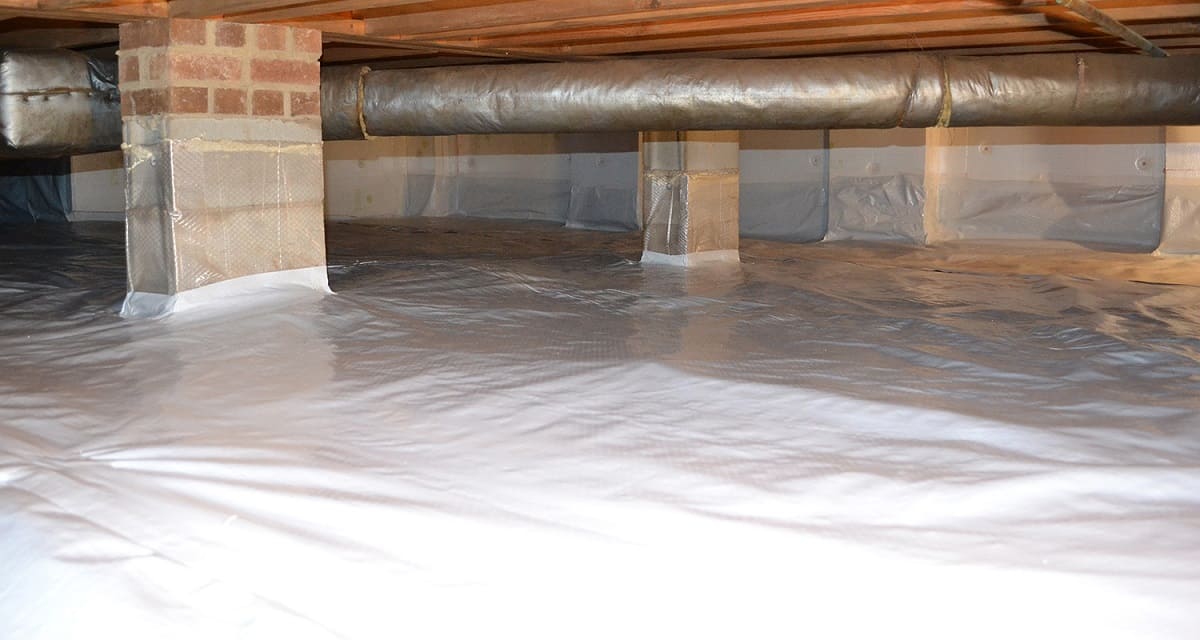
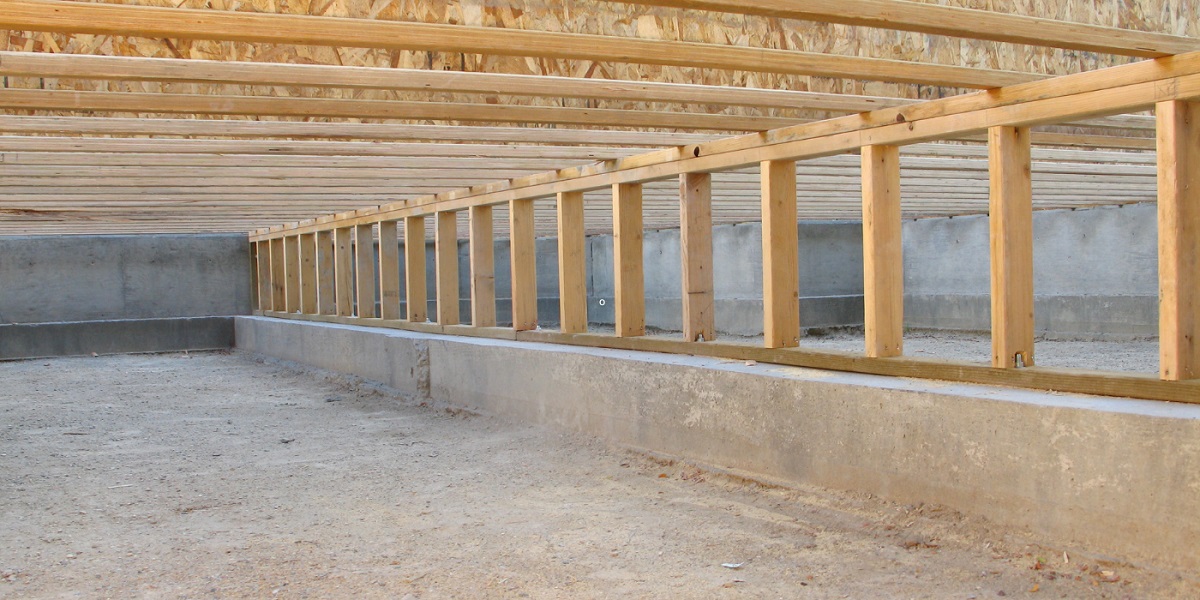
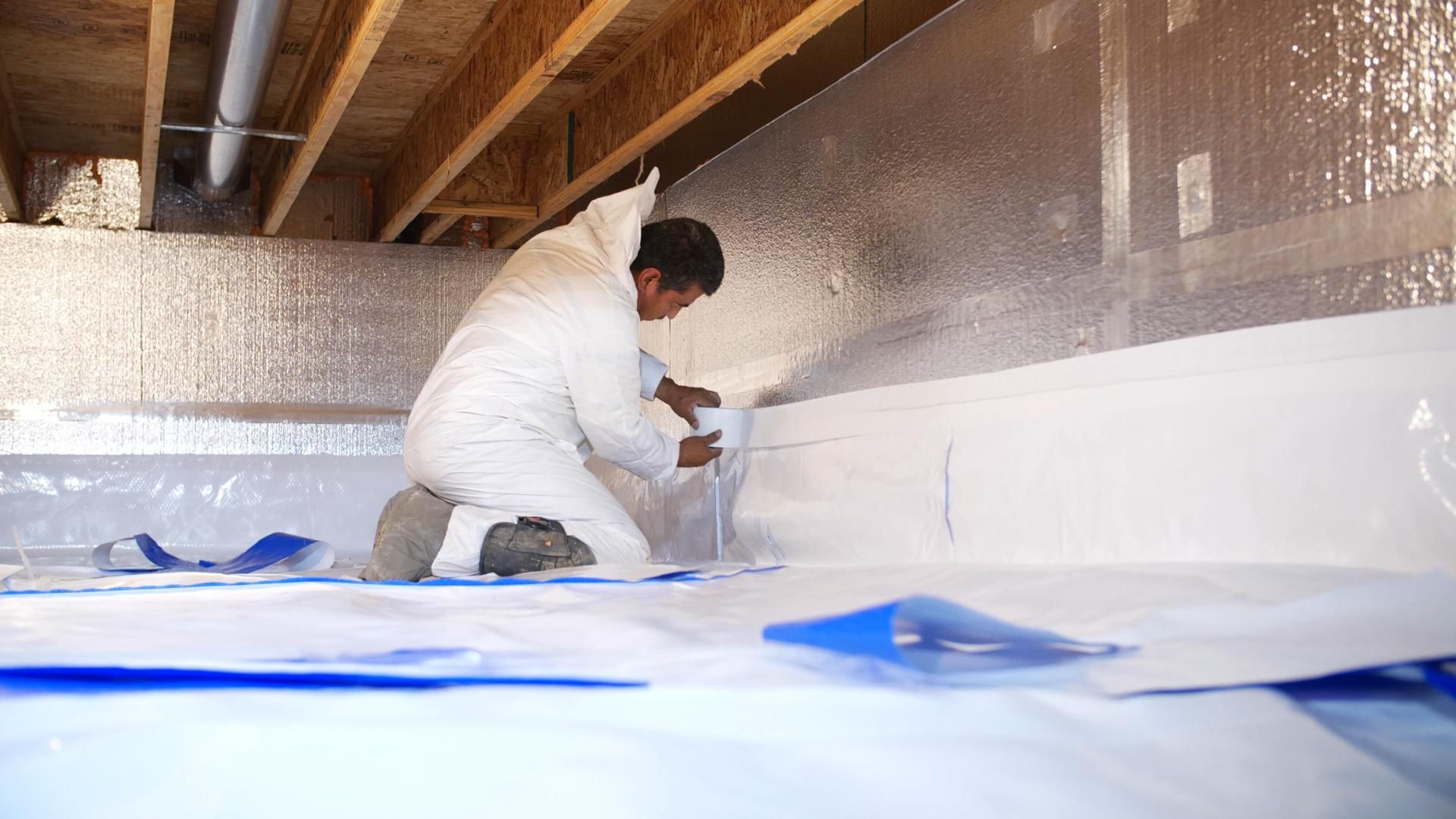
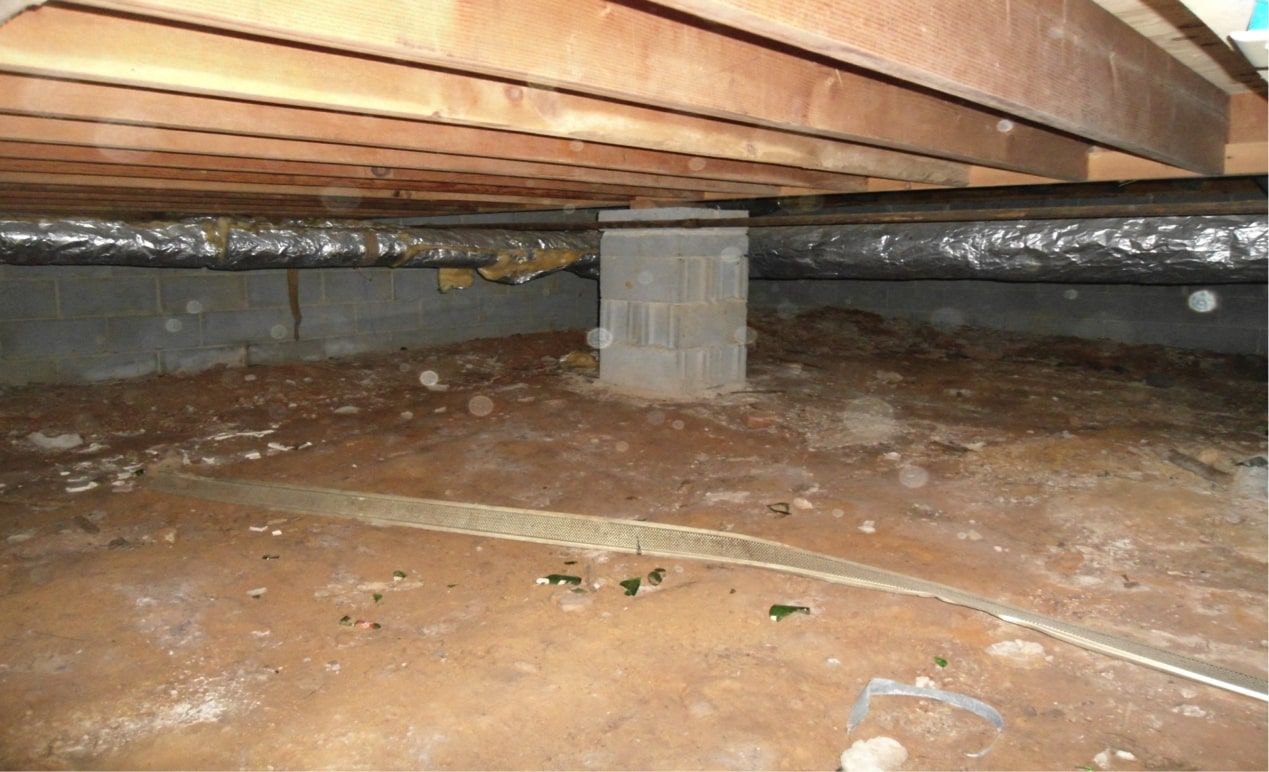
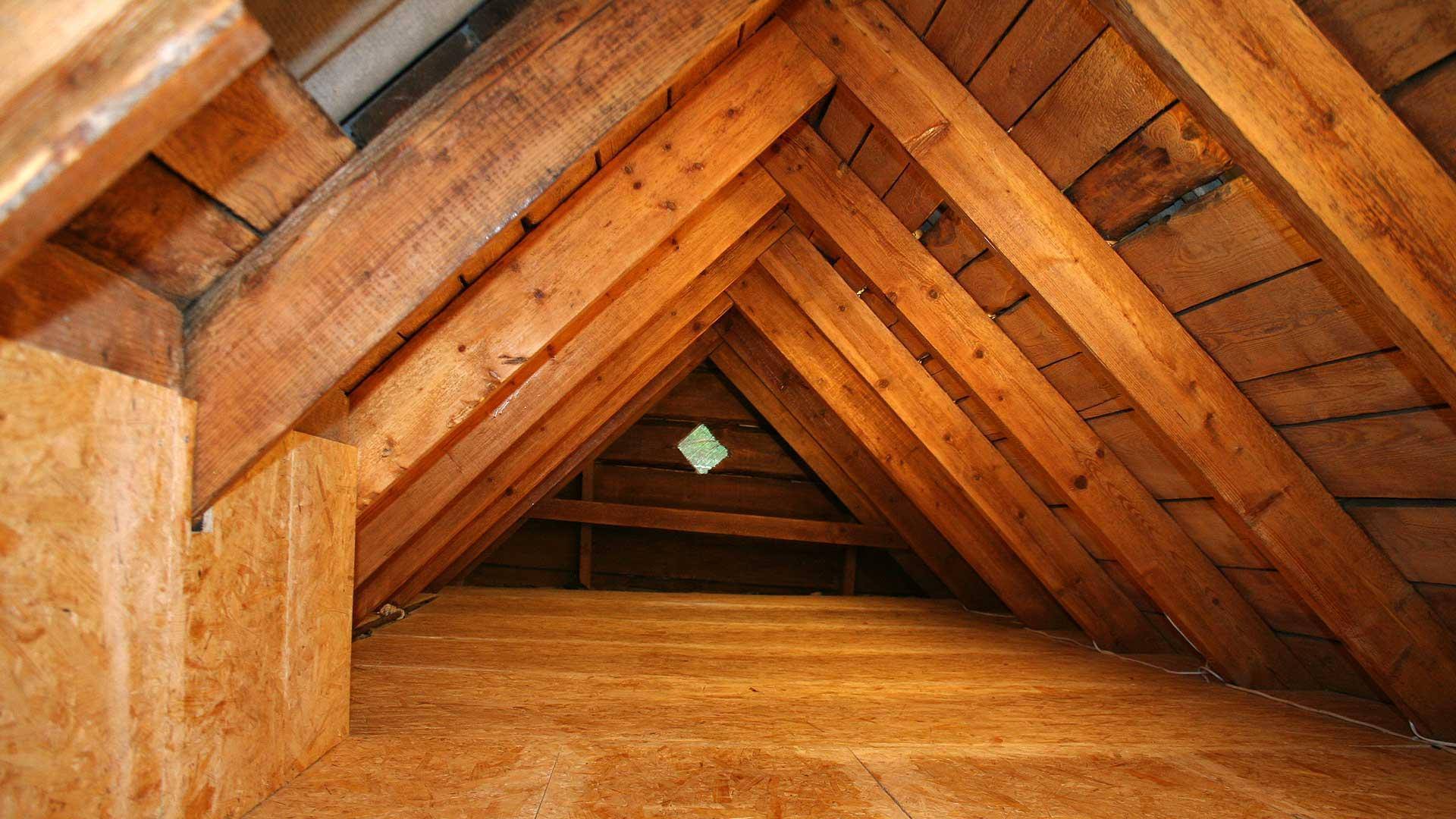
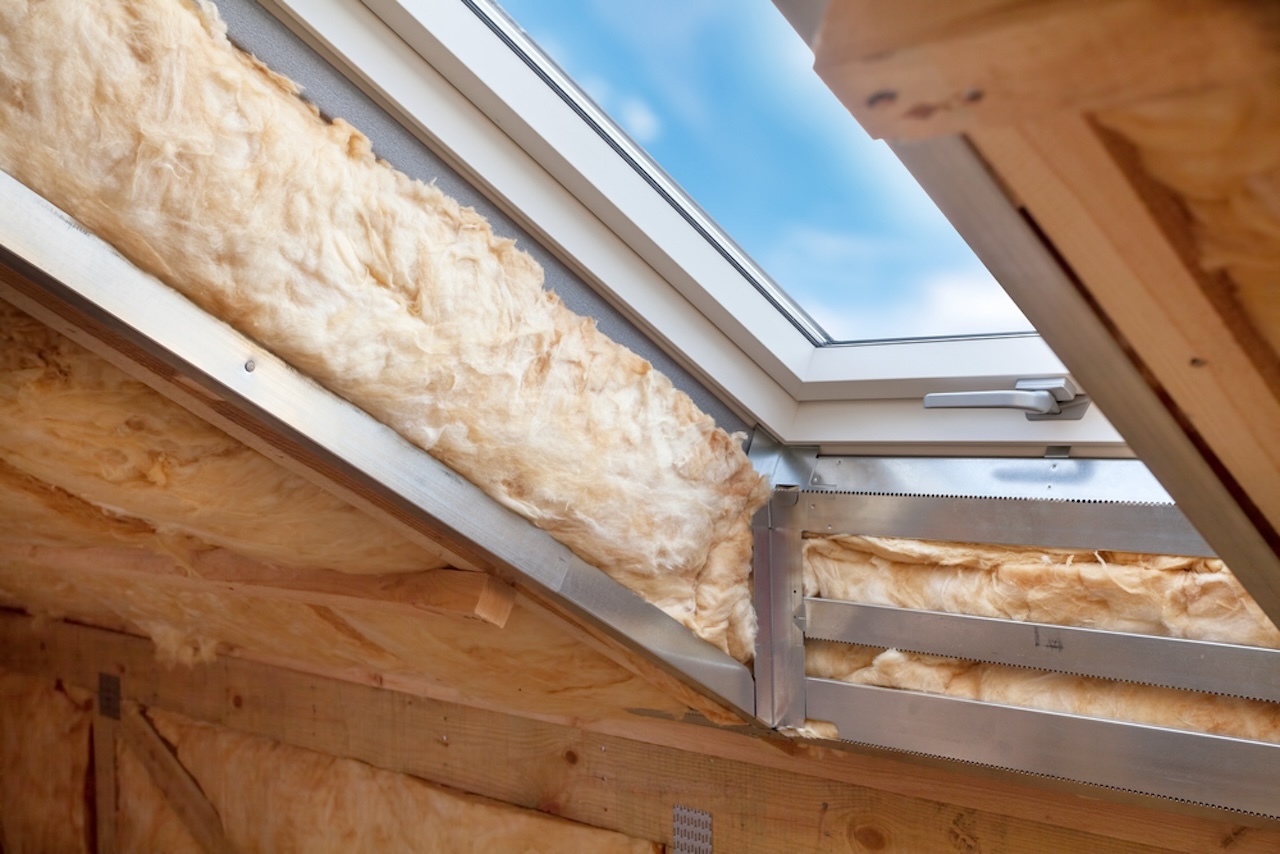
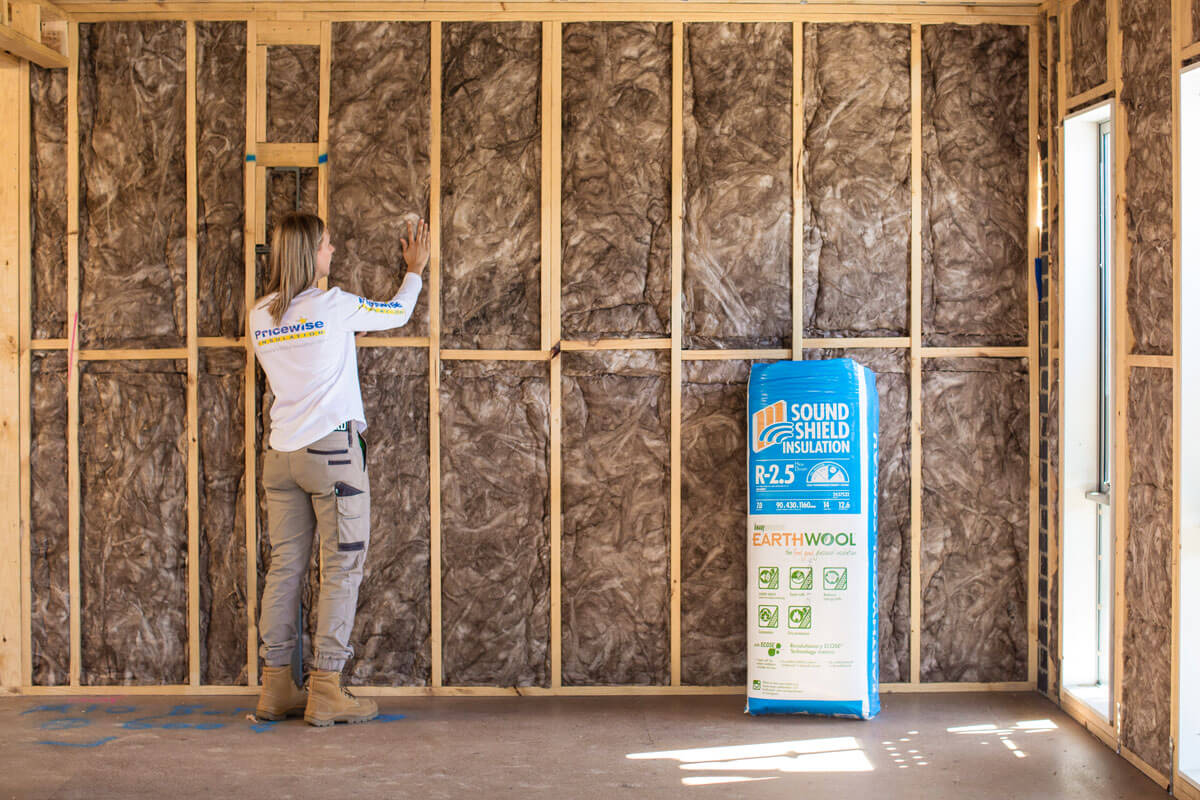
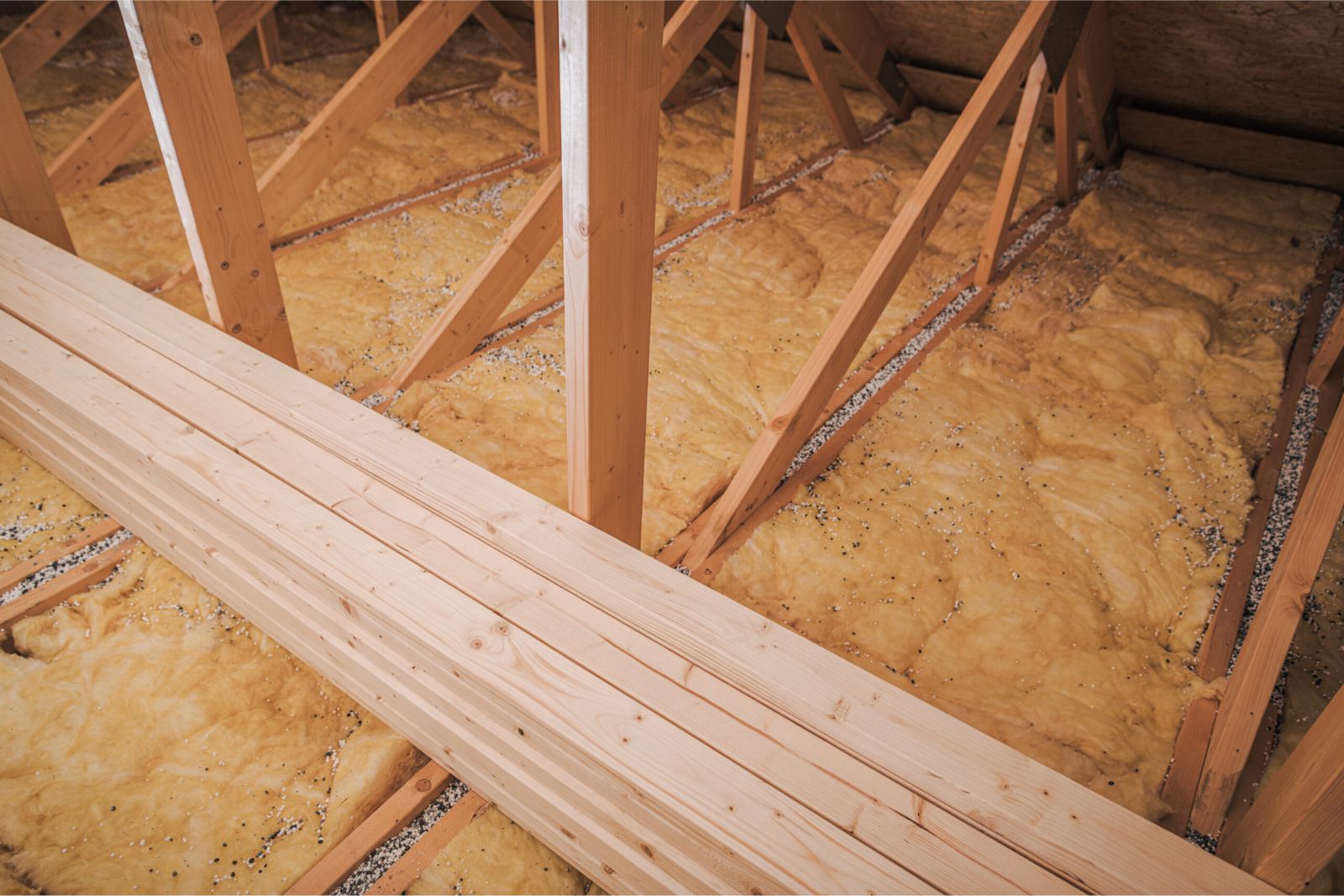
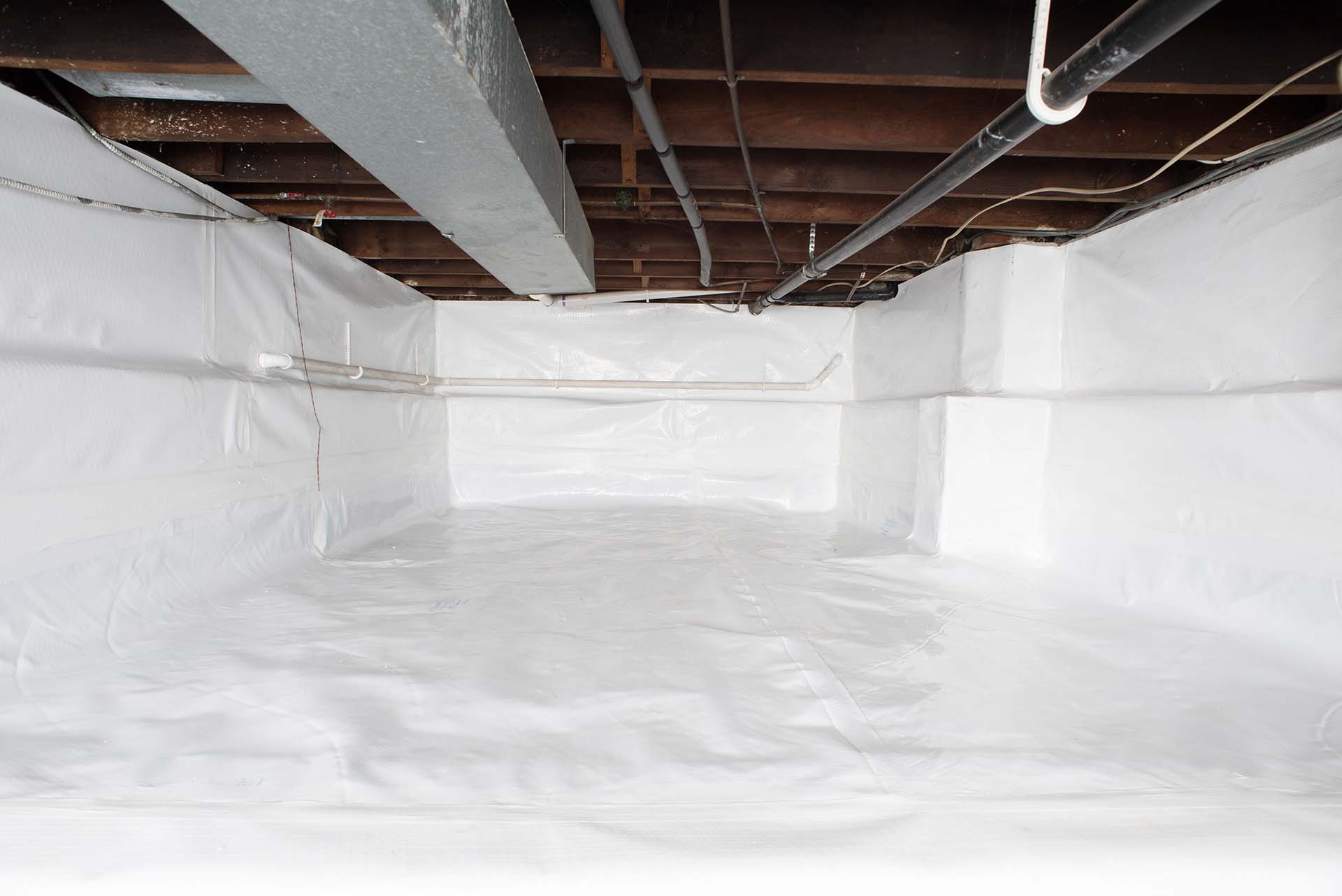
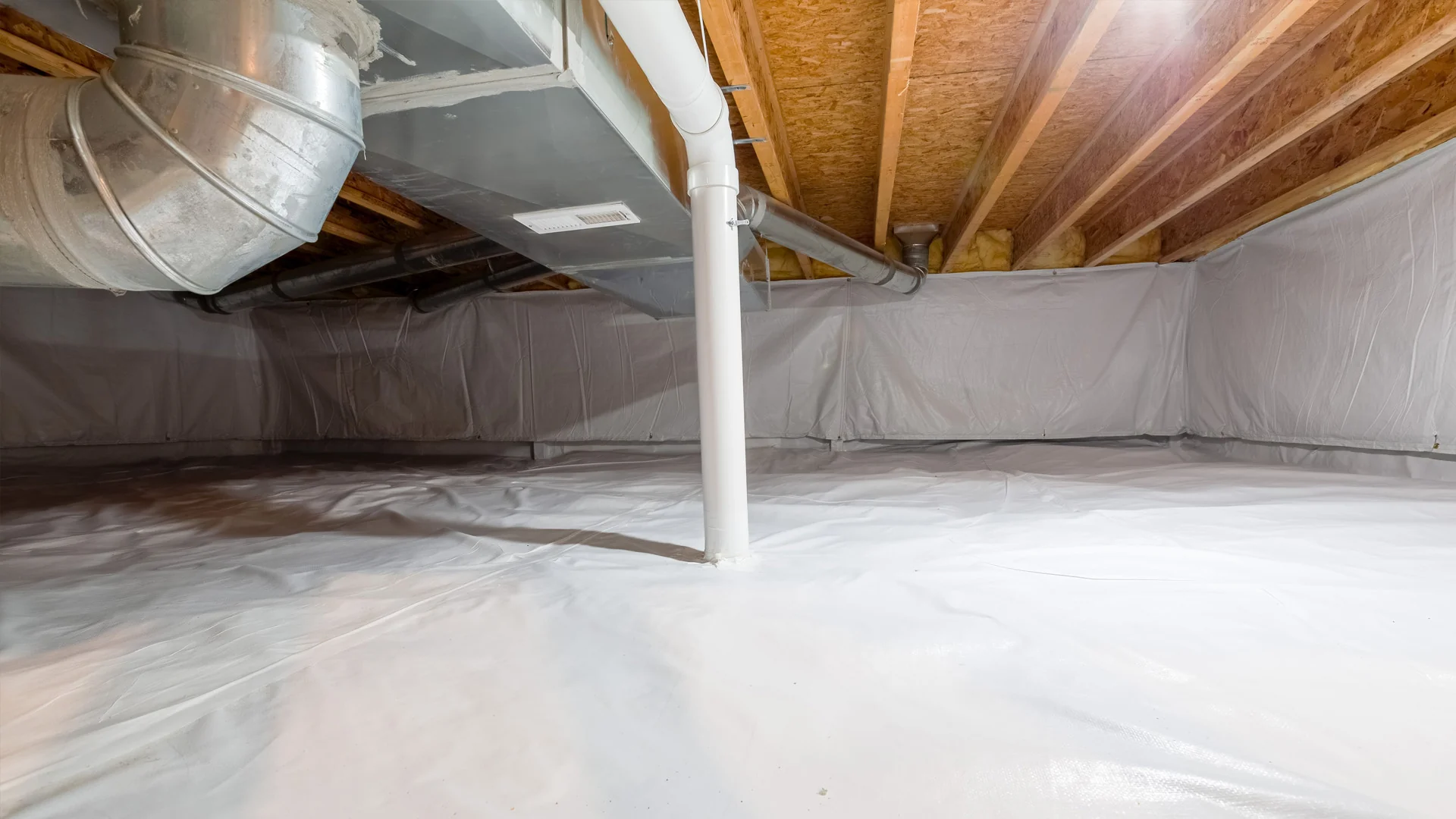
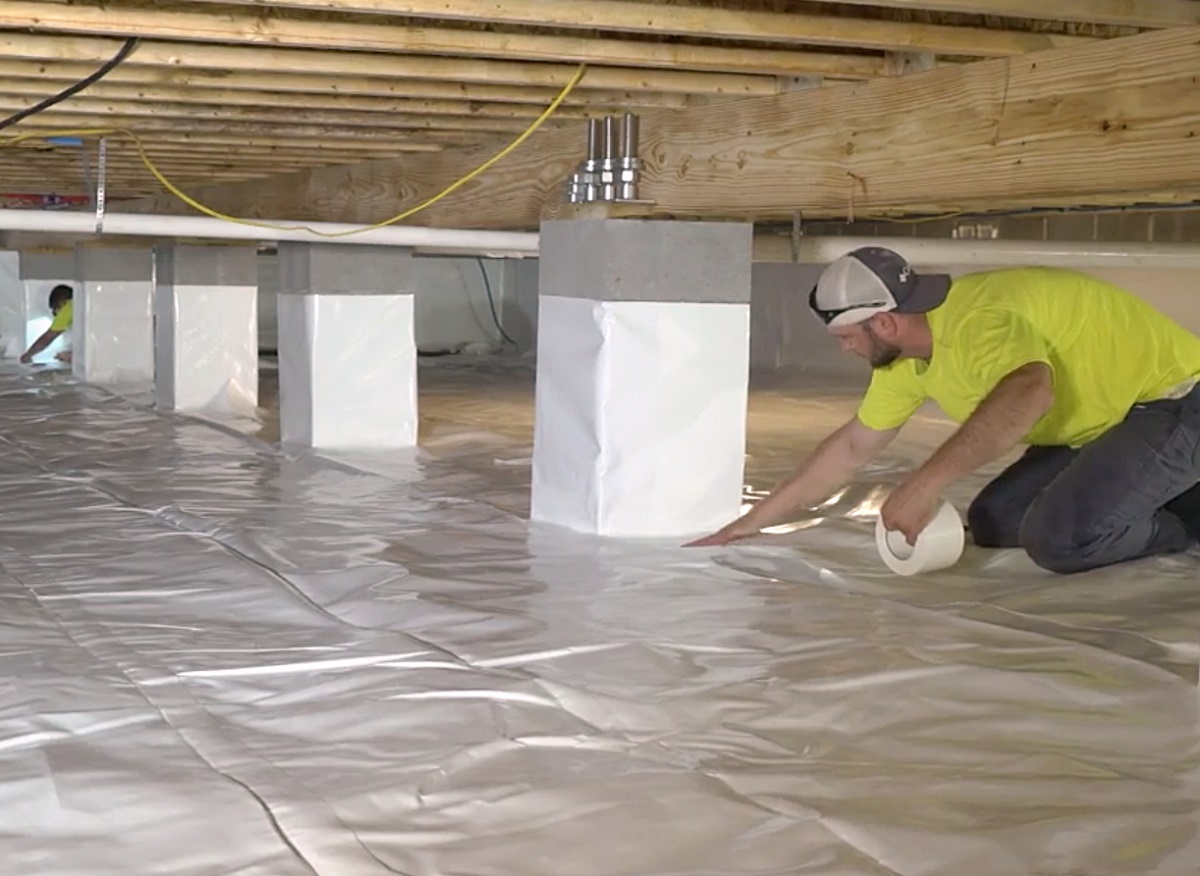
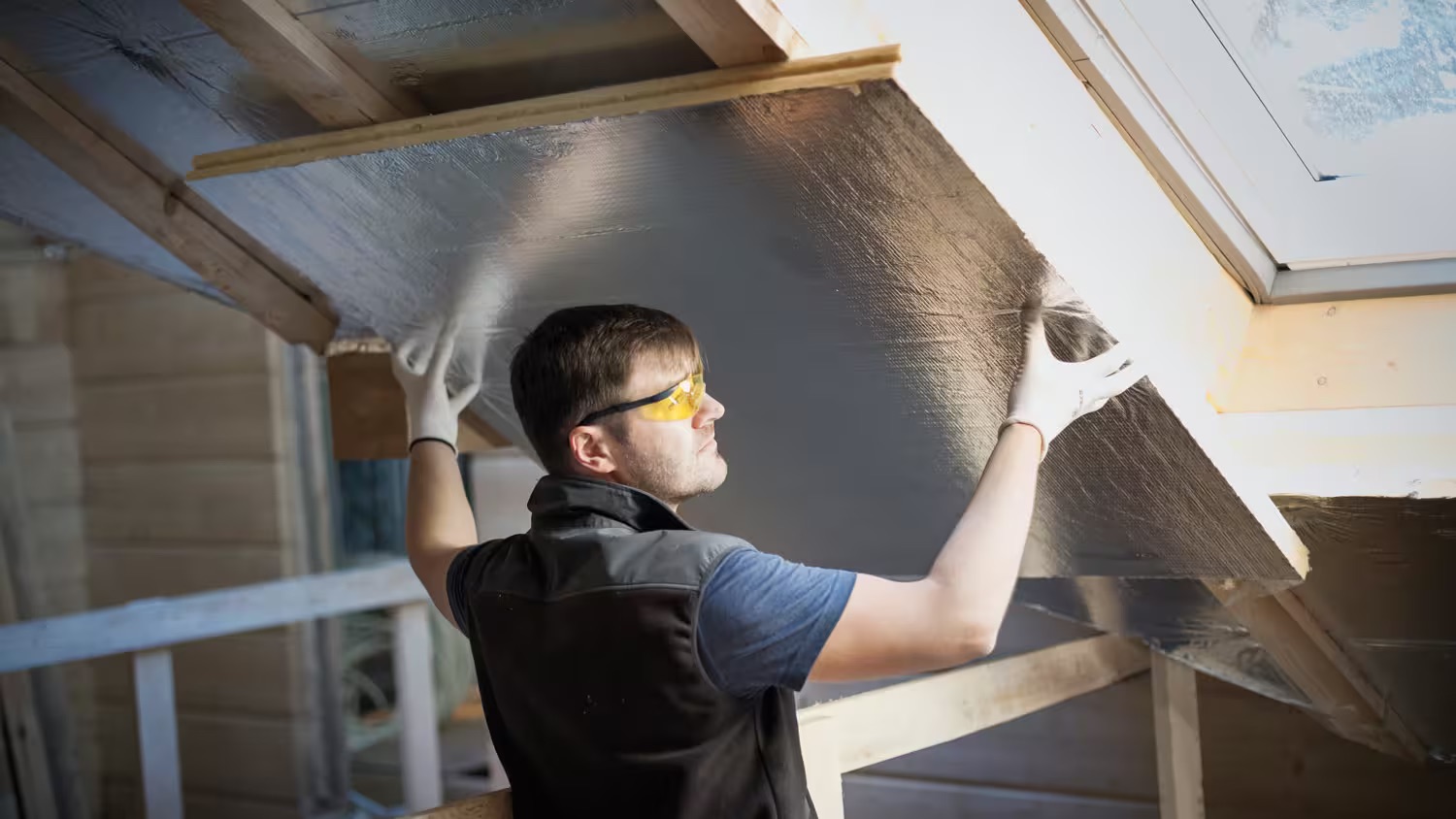
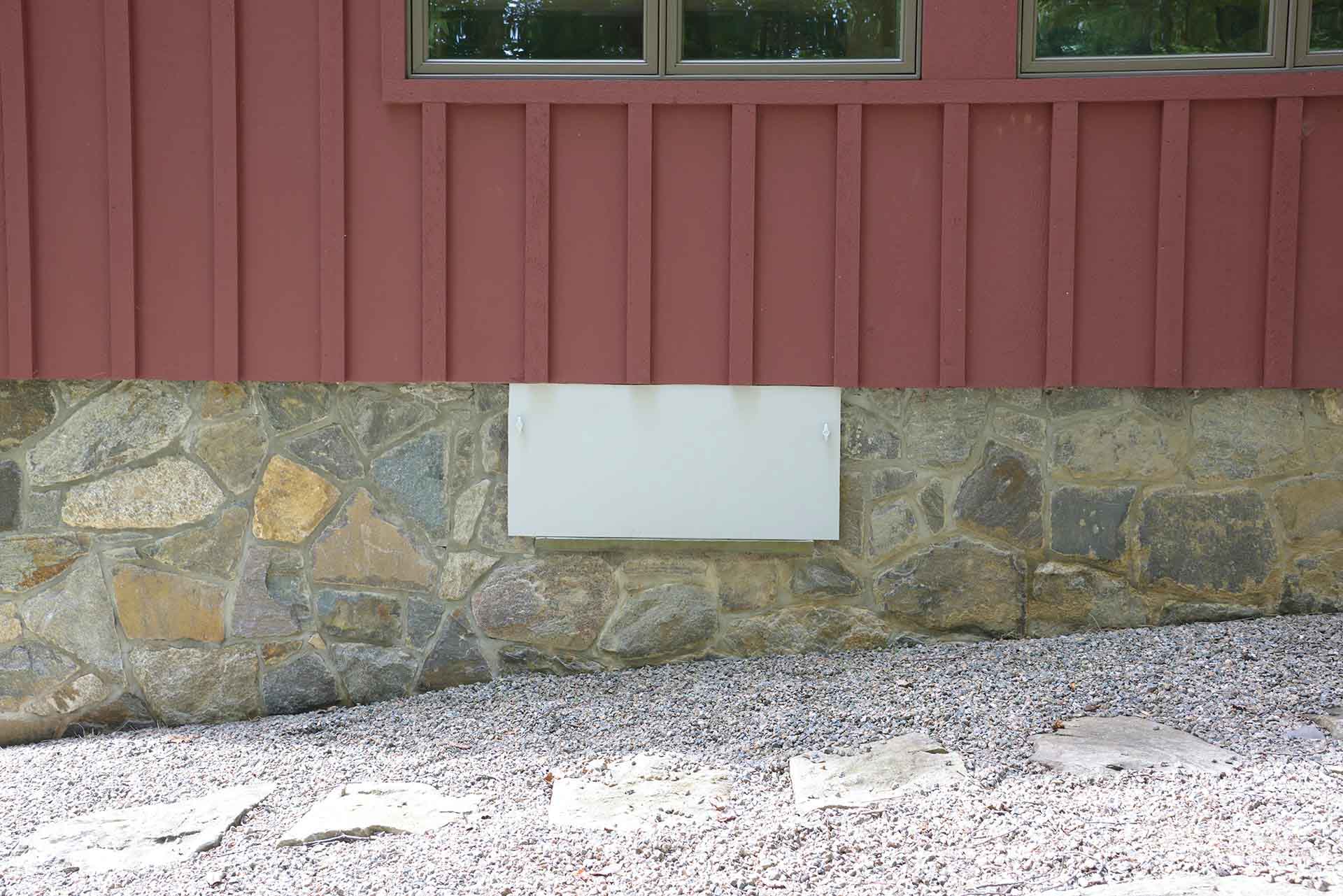

0 thoughts on “What Kind Of Insulation For Crawl Space”